Home>Gardening & Outdoor>Landscaping Ideas>What Weeds Grow In Grass
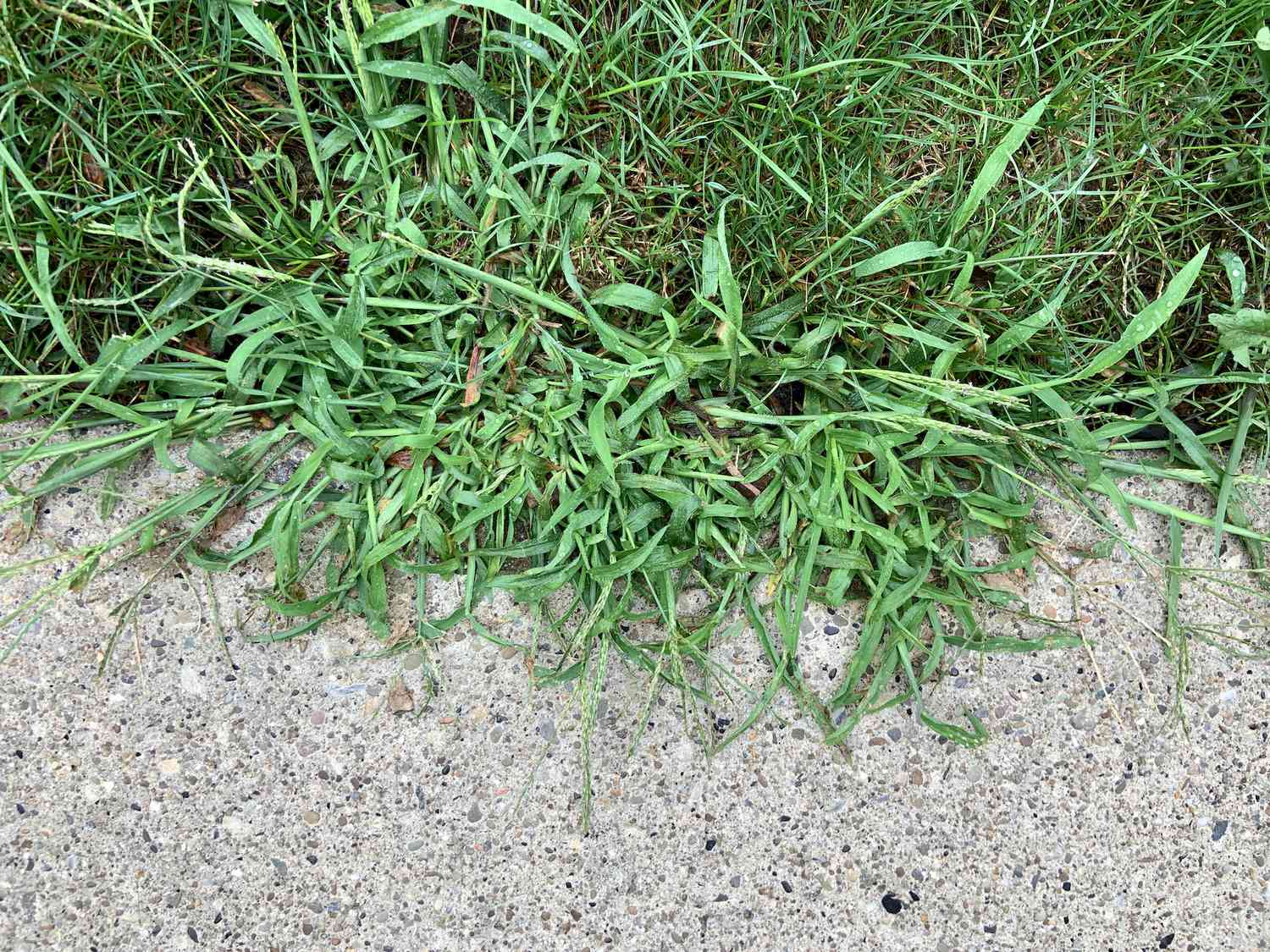

Landscaping Ideas
What Weeds Grow In Grass
Modified: March 27, 2024
Discover effective landscaping ideas to control and prevent weeds from growing in your grass. Learn how to maintain a weed-free lawn with our expert tips.
(Many of the links in this article redirect to a specific reviewed product. Your purchase of these products through affiliate links helps to generate commission for Storables.com, at no extra cost. Learn more)
Introduction
Welcome to the wonderful world of landscaping! A lush green lawn can be the pride and joy of any homeowner, but maintaining its pristine appearance often involves battling an uninvited guest – weeds. These pesky intruders have a knack for infiltrating even the healthiest of lawns, disrupting the uniformity and beauty of the grass. However, with a little know-how and proactive measures, you can keep these unwelcome visitors at bay and preserve the vibrancy of your lawn.
In this guide, we’ll delve into the realm of weeds in grass, exploring the common culprits that tend to take root and thrive amidst your carefully nurtured turf. By understanding their characteristics and learning effective control methods, you can reclaim and maintain a verdant, weed-free lawn that will be the envy of the neighborhood. So, let’s embark on this journey to uncover the secrets of combating weeds and nurturing a flourishing, resilient carpet of grass.
Key Takeaways:
- Combatting weeds in your lawn requires understanding their characteristics and implementing targeted strategies, such as maintaining optimal lawn health and using selective herbicides, to reclaim and preserve the beauty of your grass.
- By familiarizing yourself with common weeds like dandelions and clover, and integrating proactive measures like overseeding and weeding by hand, you can nurture a lush, weed-free lawn that showcases your dedication to nature’s green tapestry.
Read more: How To Grow Grass Instead Of Weeds
Understanding Weeds in Grass
Before delving into the specifics of combating weeds in grass, it’s essential to grasp the nature of these unwelcome interlopers. Weeds are resilient, opportunistic plants that have a remarkable ability to thrive in diverse environments, including within the confines of your meticulously maintained lawn. Understanding the characteristics of weeds can empower you to effectively combat their encroachment and safeguard the health and aesthetics of your grass.
Weeds in grass can be broadly categorized into two types: broadleaf weeds and grassy weeds. Broadleaf weeds, as the name suggests, are characterized by their broad, flat leaves and include notorious invaders such as dandelions, clover, and plantain. On the other hand, grassy weeds mimic the appearance of desirable grass species, making them particularly insidious. These include crabgrass, annual bluegrass, and quackgrass, among others.
One of the key factors contributing to the resilience of weeds is their prolific seed production. Weeds are adept at dispersing copious amounts of seeds, ensuring their persistent presence in your lawn. Additionally, many weeds possess deep and extensive root systems, enabling them to outcompete grass for essential nutrients and water, further exacerbating their encroachment.
Furthermore, weeds often thrive in conditions that are less than ideal for grass, such as compacted soil, poor drainage, or areas with inadequate sunlight. By identifying and addressing these underlying issues, you can create an environment that is less hospitable to weeds, thereby fortifying the vitality of your grass.
By comprehending the tenacious nature of weeds and recognizing the factors that contribute to their proliferation, you can adopt targeted strategies to thwart their advances and foster a robust, weed-resistant lawn. Armed with this knowledge, you are better equipped to embark on the journey of reclaiming and maintaining a pristine expanse of grass that will be the envy of the neighborhood.
Common Weeds Found in Grass
As you survey your lawn, you may encounter a variety of unwelcome guests vying for space amidst the grass. These common weeds possess distinctive characteristics and growth habits, making it essential to familiarize yourself with their traits to effectively combat their encroachment. Let’s explore some of the most prevalent weeds that tend to infiltrate grassy landscapes:
- Dandelions: Recognizable by their vibrant yellow flowers and distinctive puffy seed heads, dandelions are notorious for their ability to colonize lawns with remarkable speed. Their deep taproots make eradication a challenging task.
- Clover: With its trifoliate leaves and white or pinkish flowers, clover is a resilient and nitrogen-fixing weed that can quickly spread throughout the lawn, forming dense patches.
- Crabgrass: This annual grassy weed thrives in bare or thin areas of the lawn, quickly spreading its wiry, sprawling stems and disrupting the uniformity of the grass.
- Plantain: Characterized by broad, ribbed leaves and tall seed spikes, plantain is often found in compacted soil and areas with poor drainage, where it competes vigorously with grass for resources.
- Quackgrass: Resembling common grass species, quackgrass can be challenging to identify until it matures and produces distinctive, nodding seed heads. Its extensive rhizome system enables rapid expansion.
These are just a few examples of the many weeds that can infiltrate and disrupt the tranquility of your lawn. Each weed presents its own set of challenges and requires tailored approaches for effective control and eradication. By familiarizing yourself with the characteristics and growth patterns of these common intruders, you can develop a targeted strategy to reclaim your lawn from their clutches.
Now that we’ve identified some of the primary culprits that tend to take root in grassy landscapes, it’s time to explore effective methods for controlling and preventing their proliferation. By implementing proactive measures, you can safeguard the vitality and aesthetics of your lawn, ensuring that it remains a lush, inviting expanse of greenery.
Regular mowing and proper fertilization can help prevent weeds from growing in your grass. Additionally, using a pre-emergent herbicide in the spring can help control weed growth.
How to Control Weeds in Grass
Combatting weeds in grass requires a multifaceted approach that encompasses both preventive measures and targeted eradication strategies. By integrating these tactics into your lawn care regimen, you can effectively thwart the encroachment of weeds and nurture a vibrant, resilient expanse of grass. Let’s explore some proven methods for controlling weeds in your lawn:
- Maintain Optimal Lawn Health: A robust, vigorously growing lawn can outcompete weeds and resist their encroachment. Implement proper lawn care practices, including regular mowing, adequate watering, and fertilization to promote the health and density of the grass.
- Overseeding and Aeration: Introducing new grass seed to fill in sparse areas and aerating the soil to alleviate compaction can bolster the lawn’s density, reducing opportunities for weeds to take hold.
- Targeted Weed Control: Utilize selective herbicides to specifically target and eradicate broadleaf weeds without harming the surrounding grass. Timing is crucial, as applying herbicides when weeds are actively growing maximizes their effectiveness.
- Preventative Measures: Implement pre-emergent herbicides to create a barrier against weed seeds, inhibiting their germination and establishment. This proactive approach can significantly reduce weed populations in the lawn.
- Weeding by Hand: Regularly inspect the lawn for weeds and manually remove them, ensuring to extract the entire root system to prevent regrowth. This hands-on approach can be particularly effective for addressing isolated weed infestations.
- Improving Soil Conditions: Address underlying soil issues such as compaction and poor drainage to create a more hospitable environment for grass while making it less conducive to weed growth.
By integrating these strategies into your lawn maintenance routine, you can fortify your grass against the persistent advances of weeds, reclaiming and preserving the beauty of your lawn. It’s important to approach weed control with a combination of vigilance, targeted interventions, and a commitment to fostering the health and resilience of your grass.
Armed with these effective weed control methods, you can embark on the journey of nurturing a lush, weed-free lawn that will be a testament to your dedication and horticultural prowess. With persistence and the right strategies, you can transform your lawn into a verdant oasis that beckons with its allure and vitality.
Conclusion
Congratulations! You’ve embarked on a journey to unravel the secrets of combating weeds and nurturing a flourishing, resilient lawn. By delving into the realm of weeds in grass, you’ve gained valuable insights into the nature of these persistent intruders and the strategies to thwart their advances. Armed with this knowledge, you’re well-equipped to reclaim and maintain a verdant, weed-free expanse of grass that will be the envy of the neighborhood.
As you’ve discovered, understanding the characteristics of common weeds, such as dandelions, clover, crabgrass, plantain, and quackgrass, is pivotal in formulating targeted control methods. By familiarizing yourself with their growth habits and distinctive traits, you can develop a proactive approach to combat their encroachment and preserve the uniformity and beauty of your lawn.
Implementing a multifaceted approach to weed control is essential, encompassing practices such as maintaining optimal lawn health, targeted weed control, preventative measures, and hands-on intervention. By integrating these strategies into your lawn care regimen, you can fortify your grass against the persistent advances of weeds, ensuring that it remains a lush, inviting expanse of greenery.
Remember, the journey to a weed-free lawn is a continuous endeavor that demands vigilance and dedication. By nurturing the health and resilience of your grass, addressing underlying soil issues, and implementing timely interventions, you can transform your lawn into a verdant oasis that beckons with its allure and vitality.
So, as you tend to your lawn, envision the vibrant, weed-free expanse that awaits—the culmination of your commitment and horticultural prowess. With persistence and the right strategies, you can cultivate a lawn that not only enhances the beauty of your property but also serves as a testament to your unwavering dedication to nurturing nature’s green tapestry.
Now, armed with a wealth of knowledge and effective weed control methods, it’s time to embark on the journey of reclaiming and maintaining a pristine, weed-free lawn that will be a source of pride and admiration. May your lawn flourish and thrive, a testament to your green-fingered endeavors!
Frequently Asked Questions about What Weeds Grow In Grass
Was this page helpful?
At Storables.com, we guarantee accurate and reliable information. Our content, validated by Expert Board Contributors, is crafted following stringent Editorial Policies. We're committed to providing you with well-researched, expert-backed insights for all your informational needs.
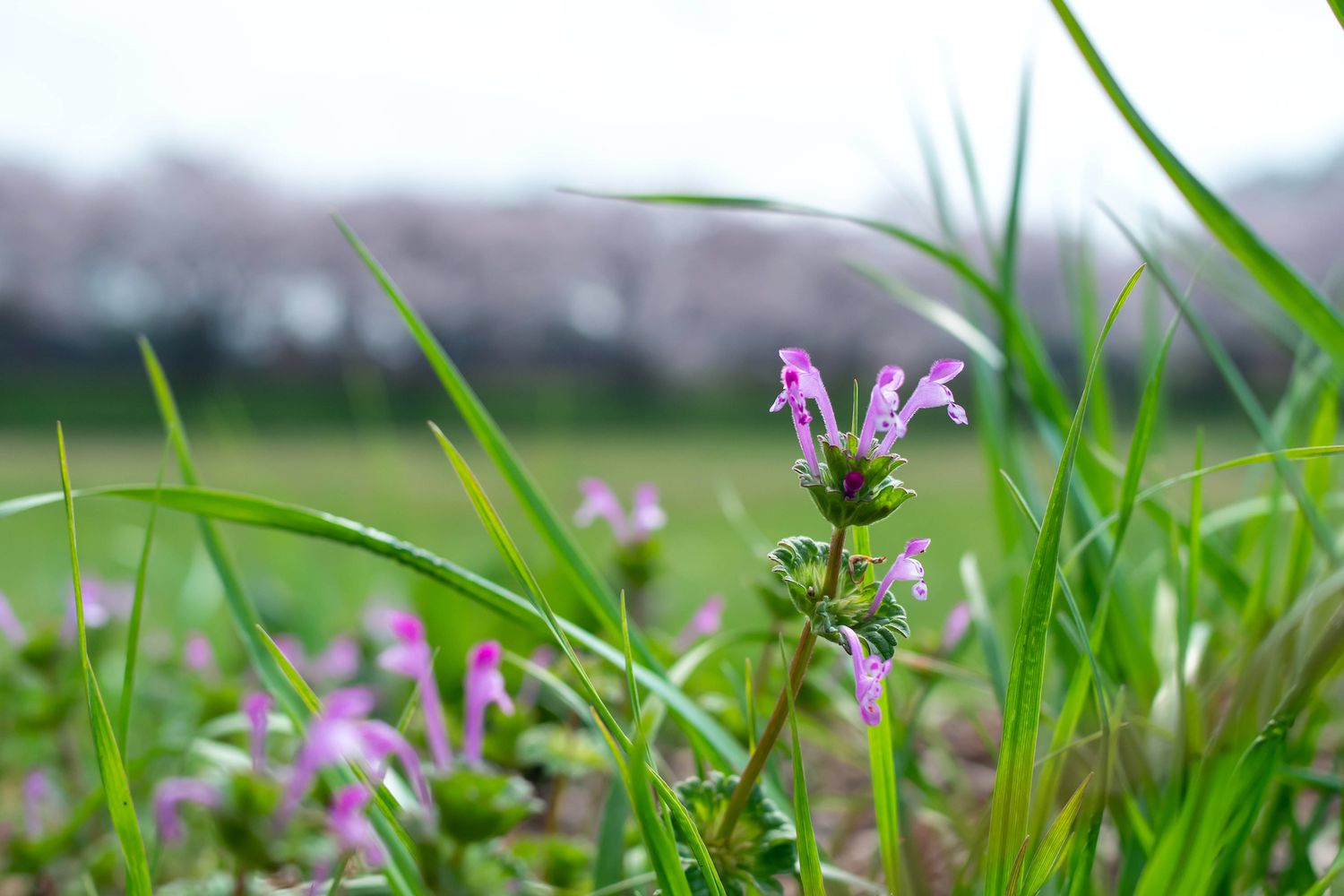
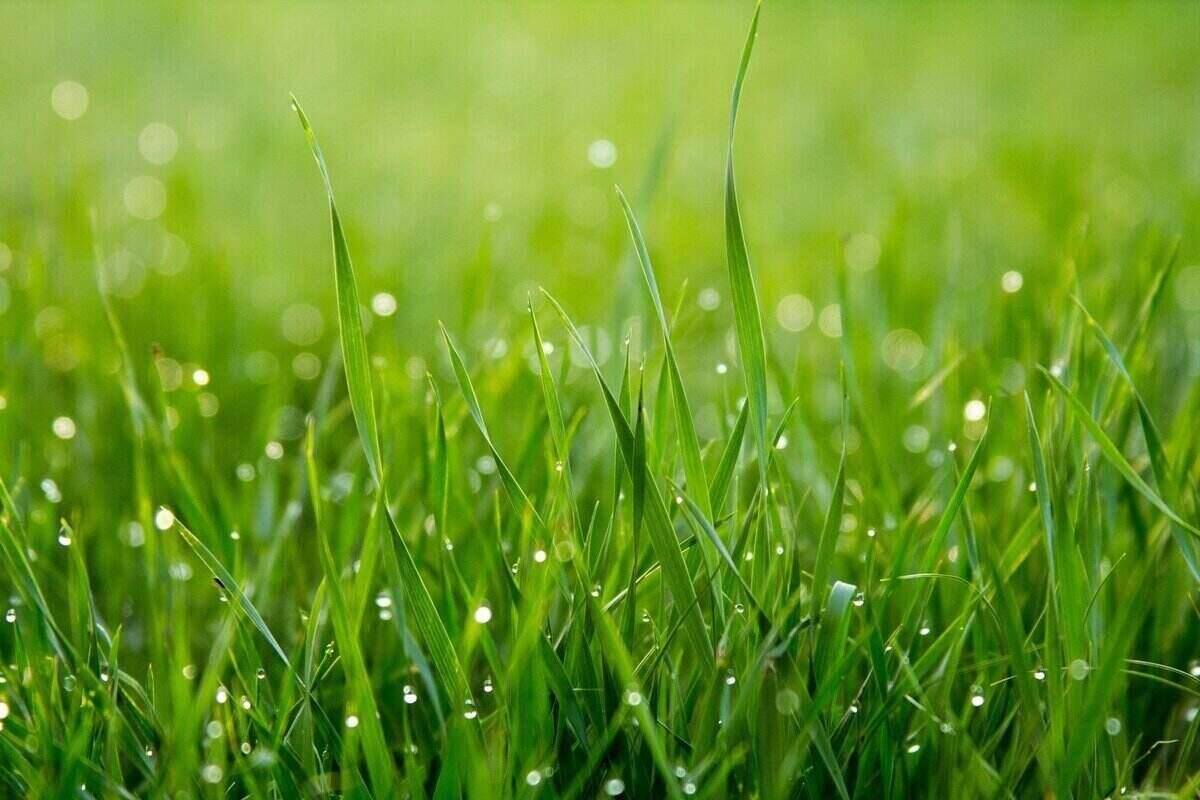
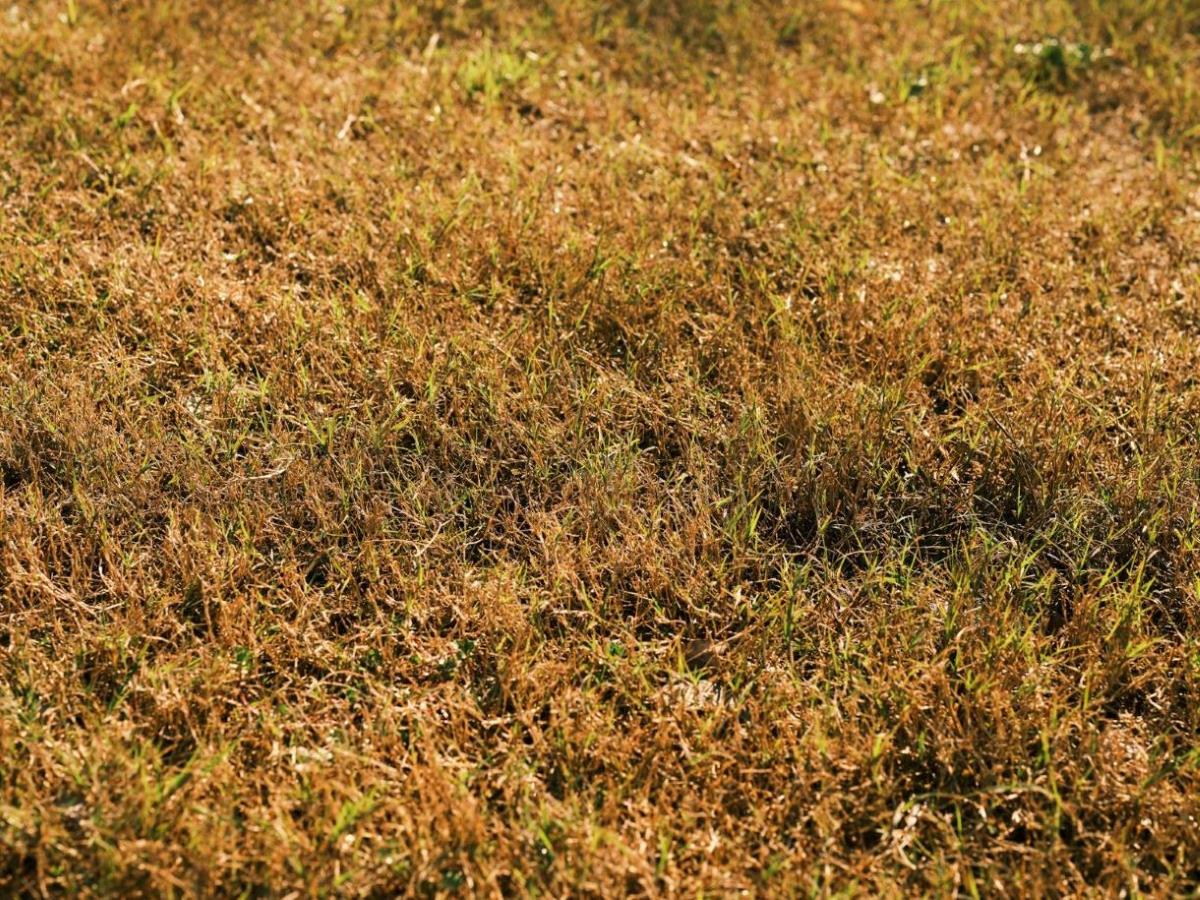
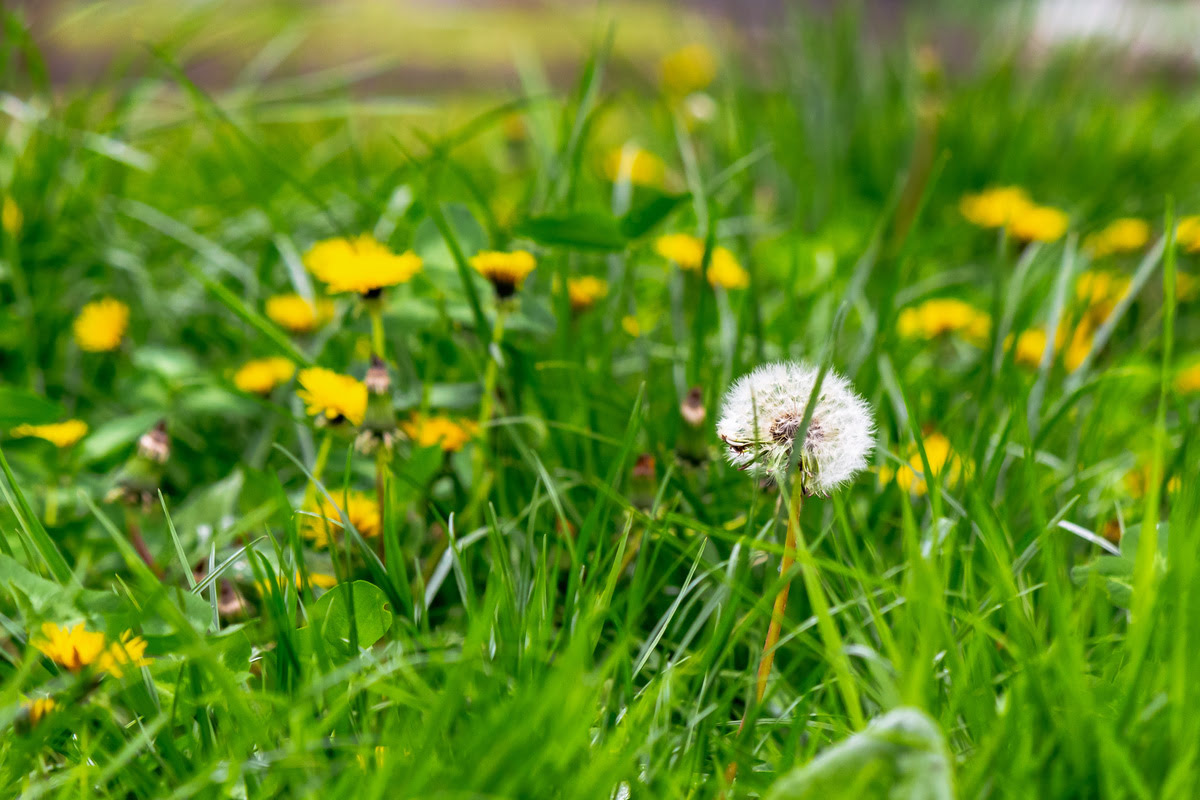
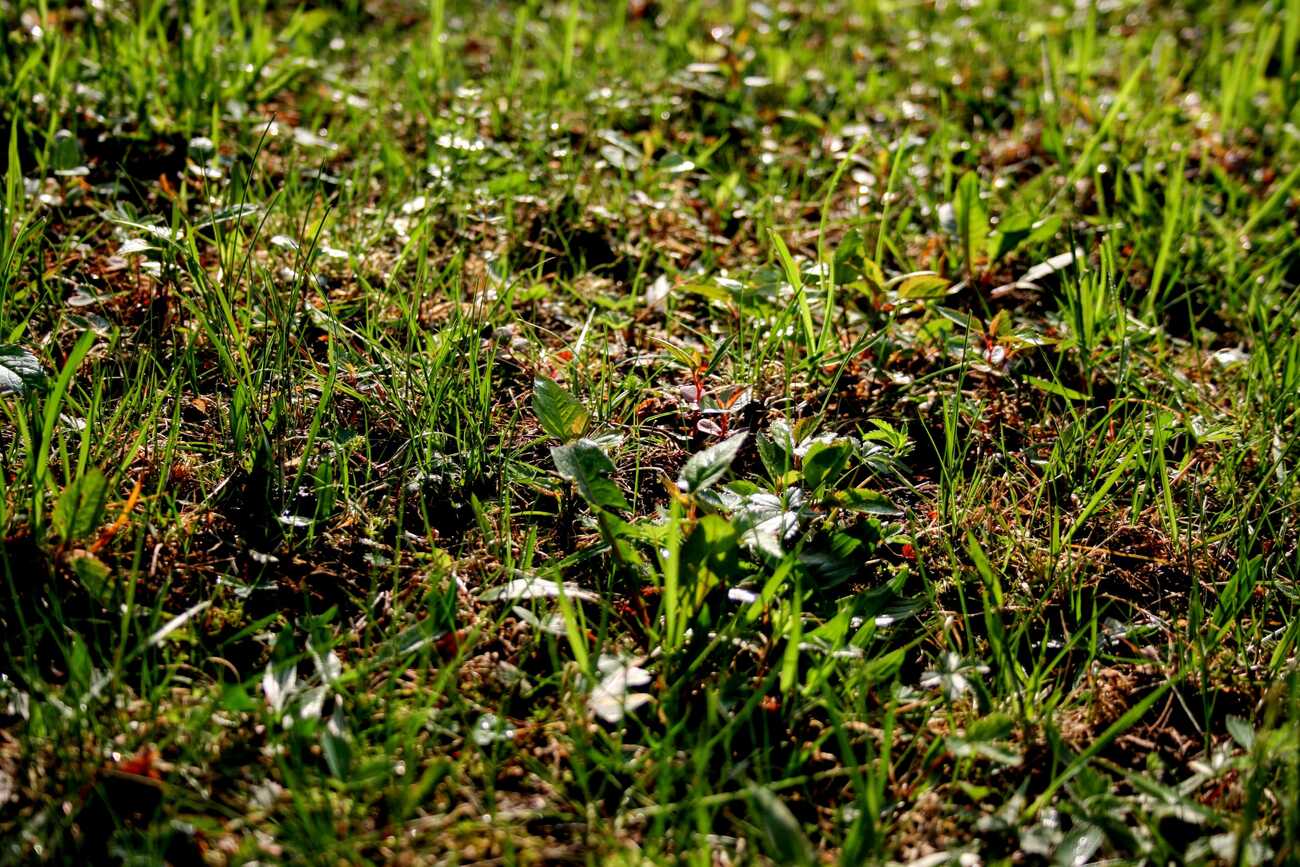
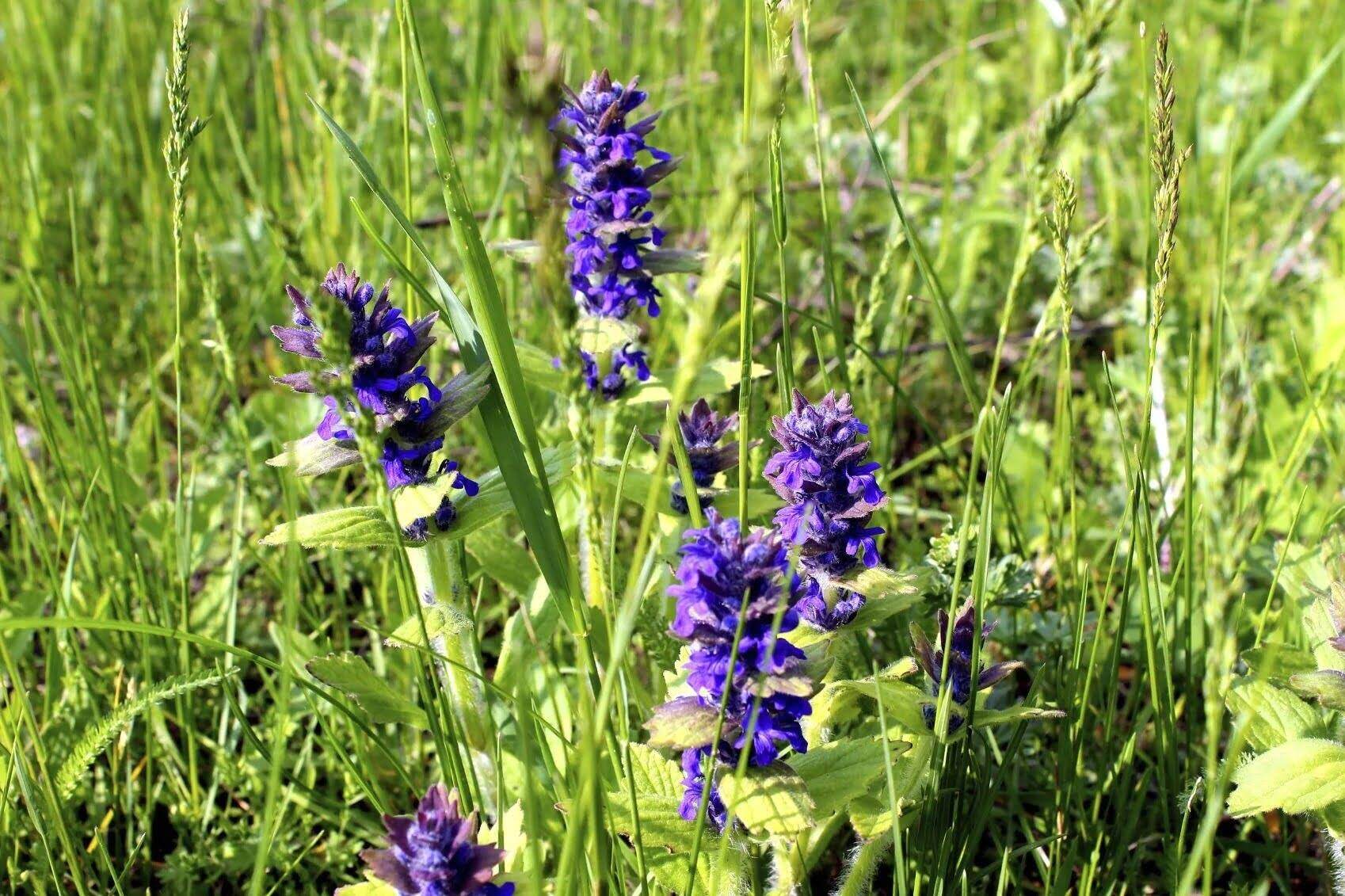
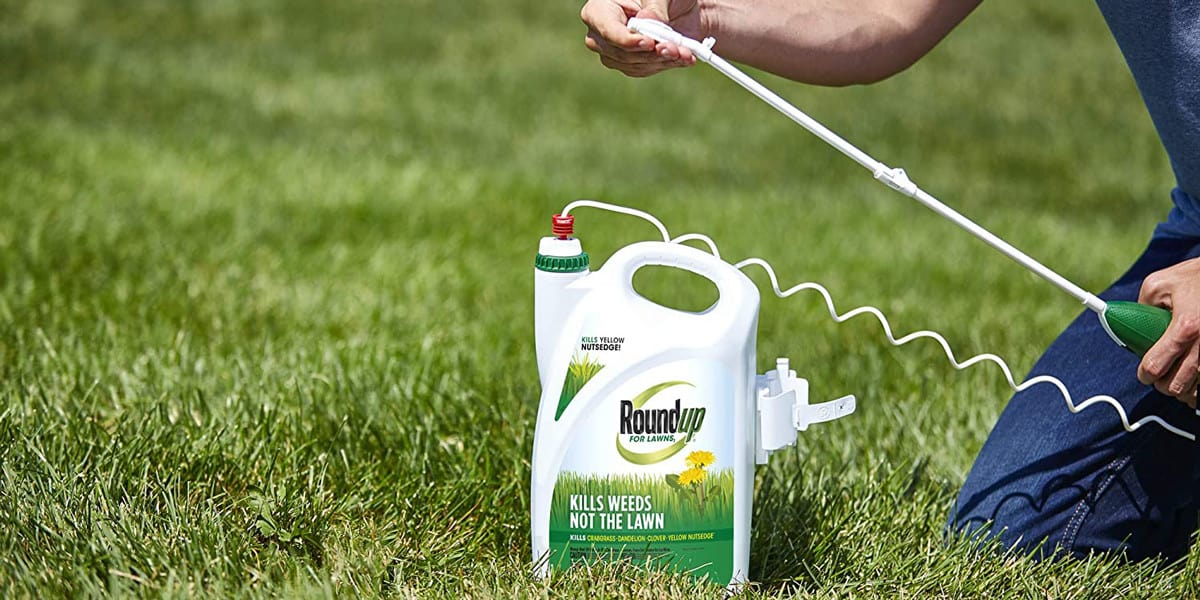
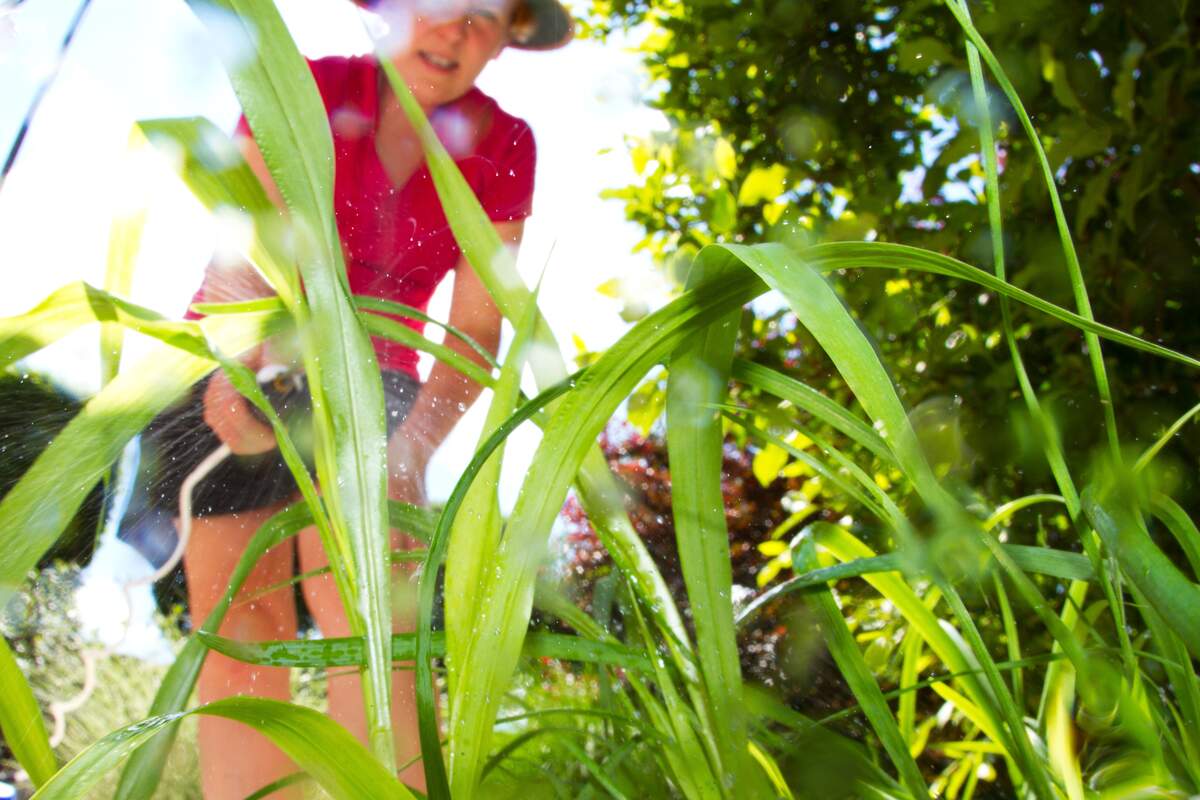
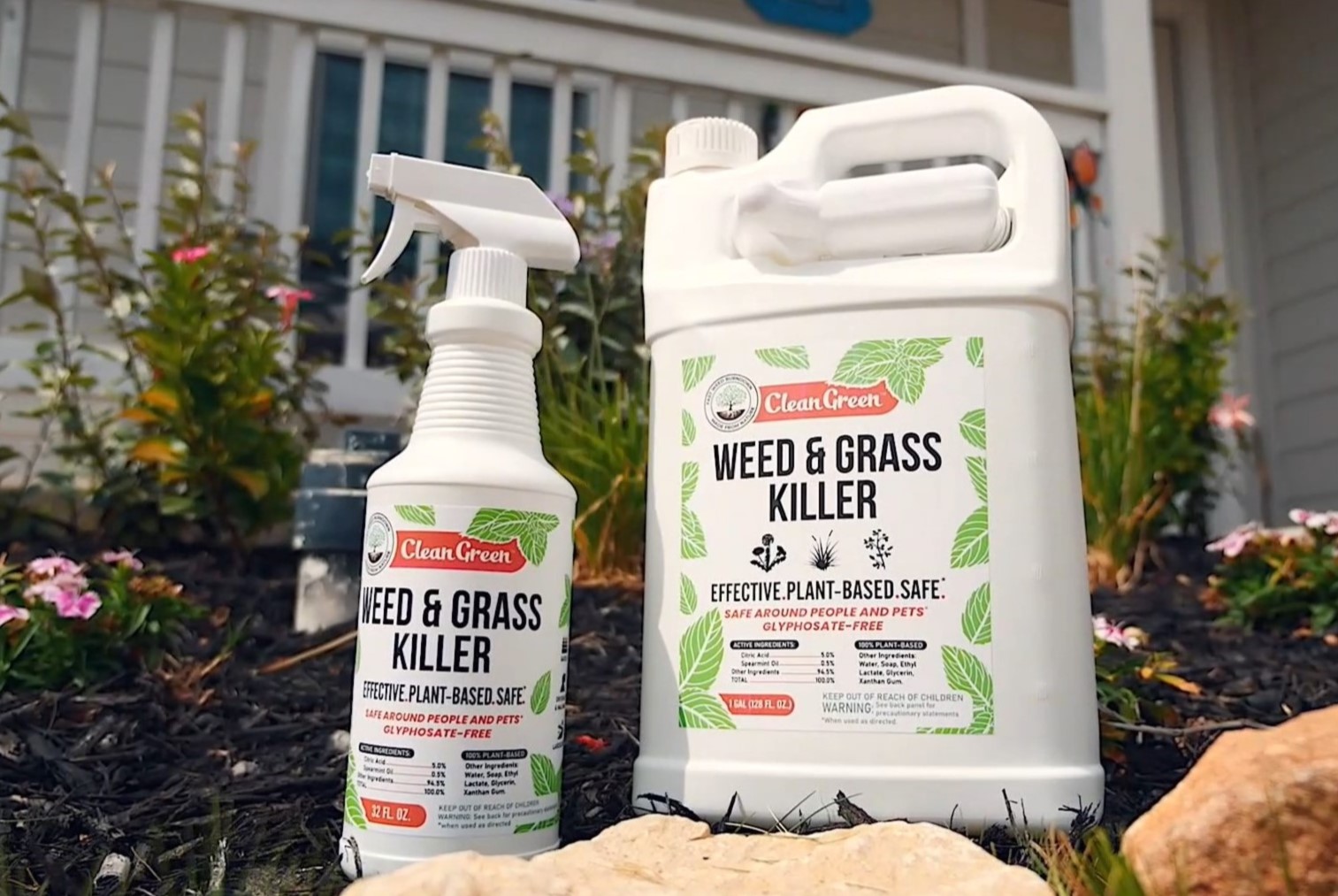
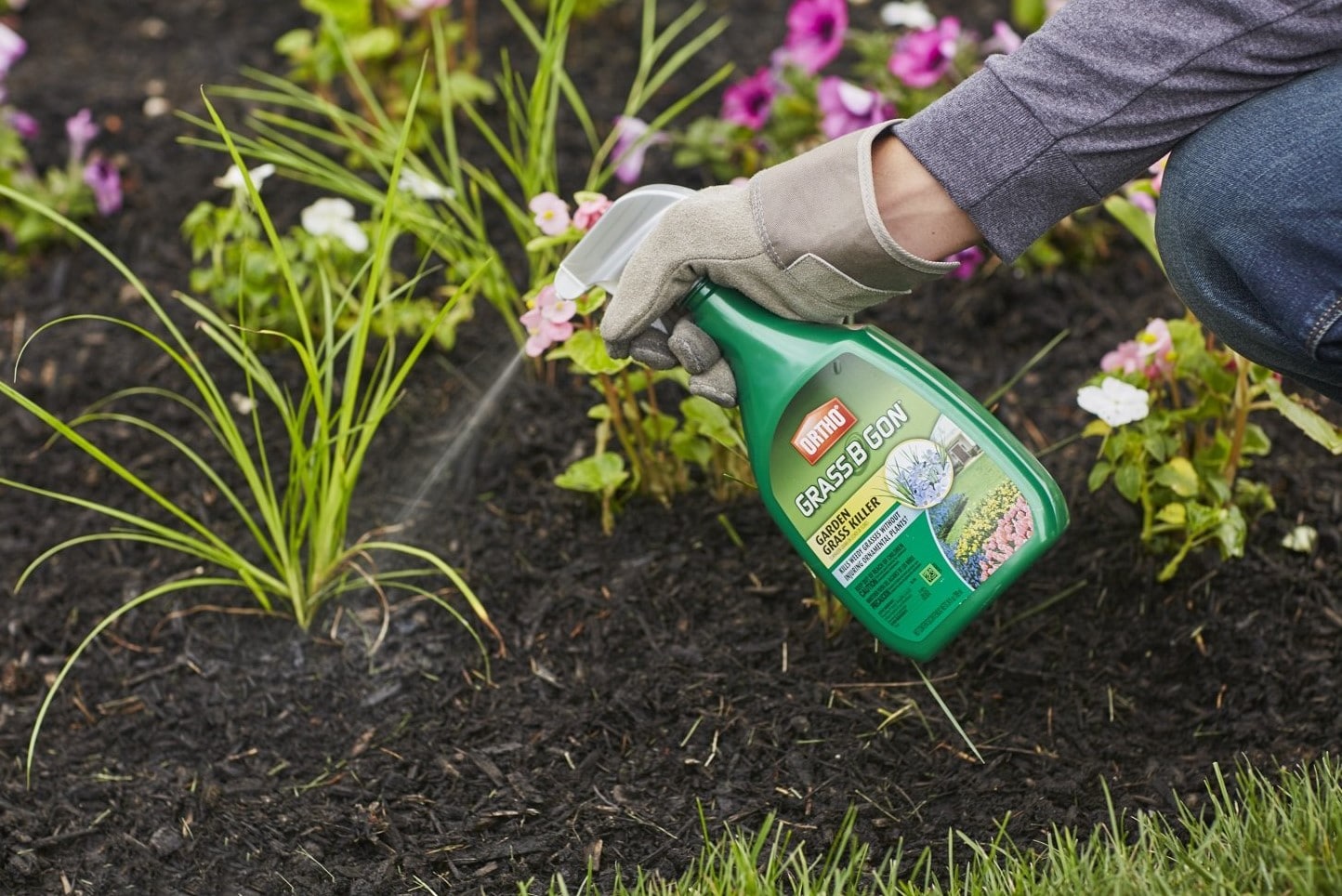



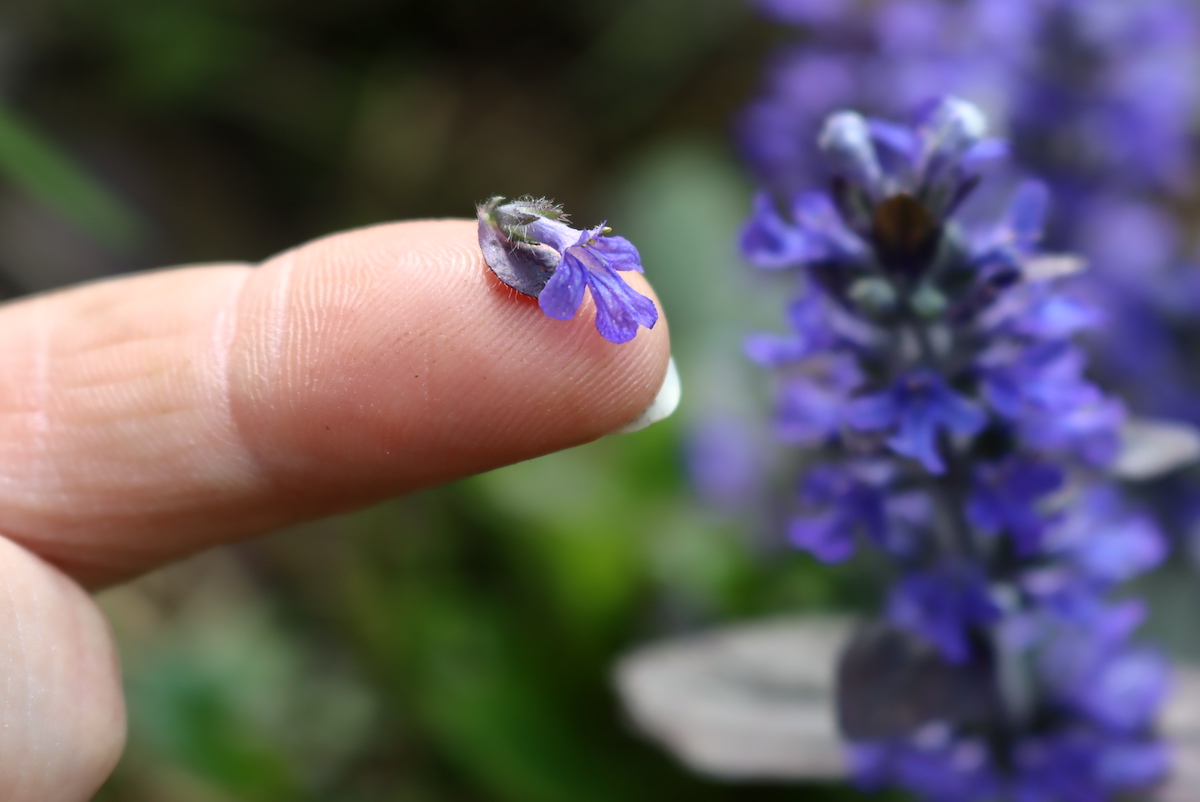
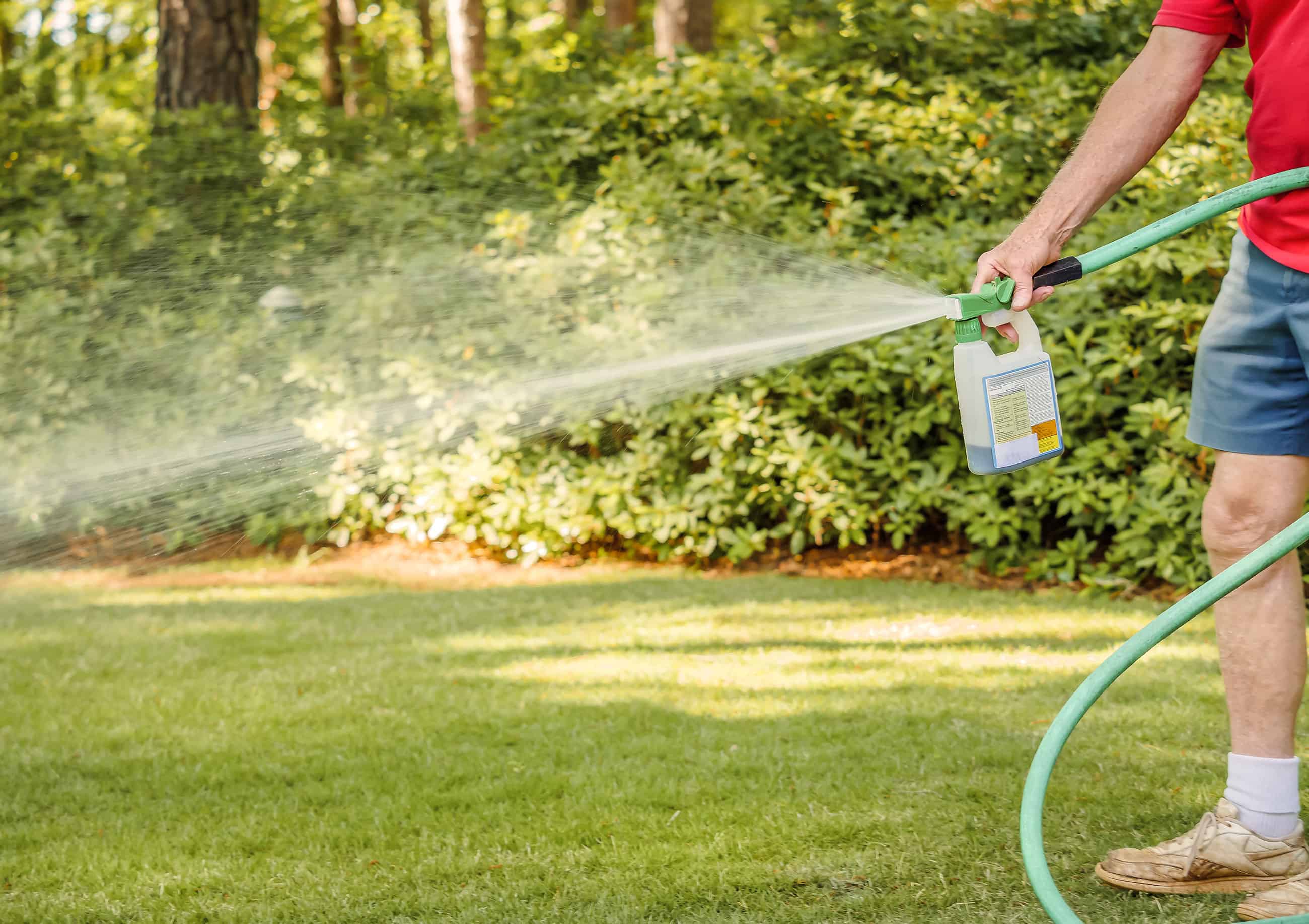

0 thoughts on “What Weeds Grow In Grass”